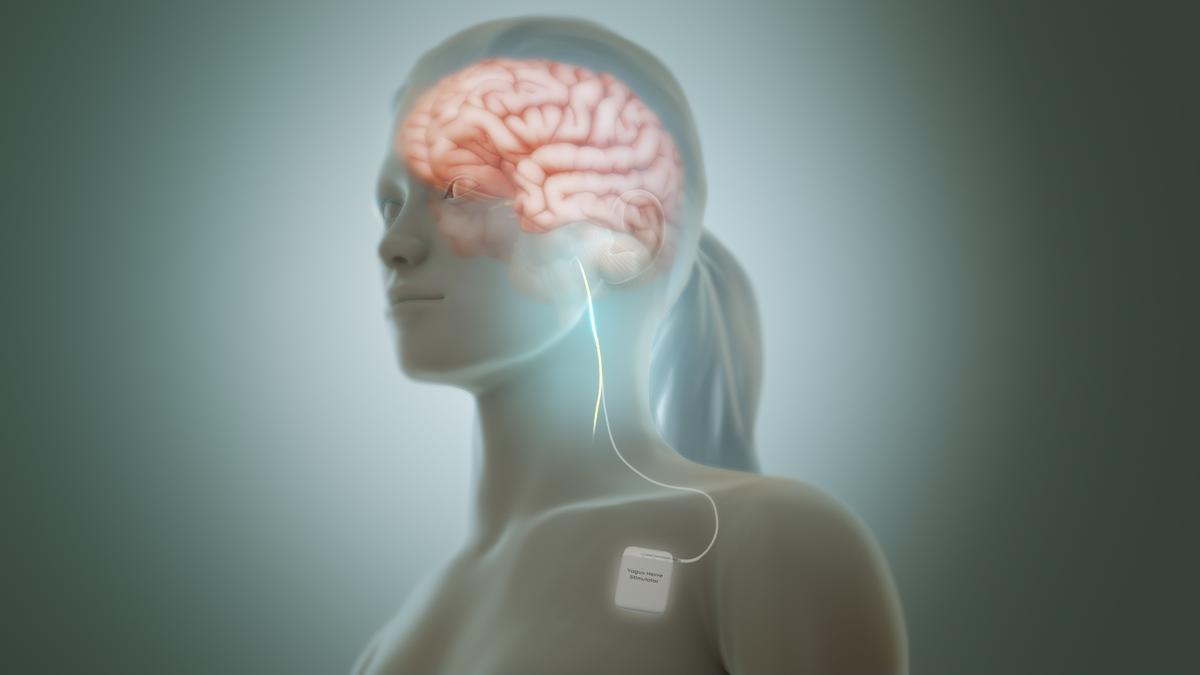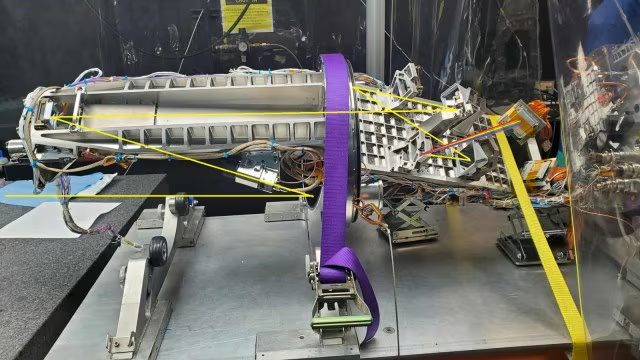




Source: HINDU
Disclaimer: Copyright infringement not intended.
A biotechnology company from Massachusetts, U.S., called Wave Life Sciences, became the first company to treat a genetic disease by editing RNA at the clinical level.
This achievement is a major step forward in medicine, but scientists had predicted that RNA editing would play a big role in genetic treatments.
Read about RNA: https://www.iasgyan.in/daily-current-affairs/niab-using-next-generation-sequencing
RNA is crucial for various functions in our body. One of these functions, called RNA interference, allows small RNA molecules to prevent a gene from being expressed. This function has helped make gene-editing tools like CRISPR-Cas9 effective.
The quick development of mRNA vaccines for COVID-19 also showed how important RNA is beyond just gene expression.
Read about mRNA vaccines: https://www.iasgyan.in/daily-current-affairs/mrna-vaccines
Now, with advances in medicine, RNA editing is becoming a new focus for treating specific diseases.
RNA editing is a process where scientists correct mistakes in the RNA. Here’s how it works:
A technique used in RNA editing involves enzymes called ADAR (Adenosine Deaminase Acting on RNA):
Wave Life Sciences has used RNA editing to treat α-1 antitrypsin deficiency (AATD), an inherited disorder that affects the liver and lungs:
Researchers are also looking at RNA editing for treating genetic eye disorders, such as ABCA4 retinopathy, and liver cancer.
RNA editing has some benefits compared to DNA editing:
Feature |
RNA Editing |
DNA Editing |
|
Type of Change |
Temporary changes to RNA |
Permanent changes to DNA |
|
Effect on Genome |
No change to the genome itself |
Alters the genome permanently |
|
Risk of Side Effects |
Lower risk; uses enzymes already in the body |
Higher risk; uses proteins from bacteria that may cause immune reactions |
|
Reversibility |
Effects fade over time; can stop treatment |
Irreversible once edited |
|
Ideal Use |
Short-term treatments or reversible effects |
Permanent fixes for genetic issues |
|
Safety |
Generally safer due to temporary changes |
Higher risks with permanent changes |
|
Tools Used |
ADAR enzymes (already found in the body) |
CRISPR-Cas9 and other tools (from bacteria) |
|
Challenges |
Needs repeated treatments; can target the wrong spot |
Can cause unintended changes in DNA |
|
Examples of Use |
Treating lung and liver disorders, eye conditions |
Curing genetic diseases, like sickle cell anemia |
There are still some challenges with RNA editing:
RNA editing is a young field, but it has attracted attention from large pharmaceutical companies like Eli Lilly and Roche. With ongoing research and trials, RNA editing may soon become an essential tool for treating genetic diseases.
Sources:
|
PRACTICE QUESTION Q.Discuss the potential of RNA editing as a tool in precision medicine and its advantages over DNA editing for treating genetic disorders. (150 Words) |






© 2025 iasgyan. All right reserved